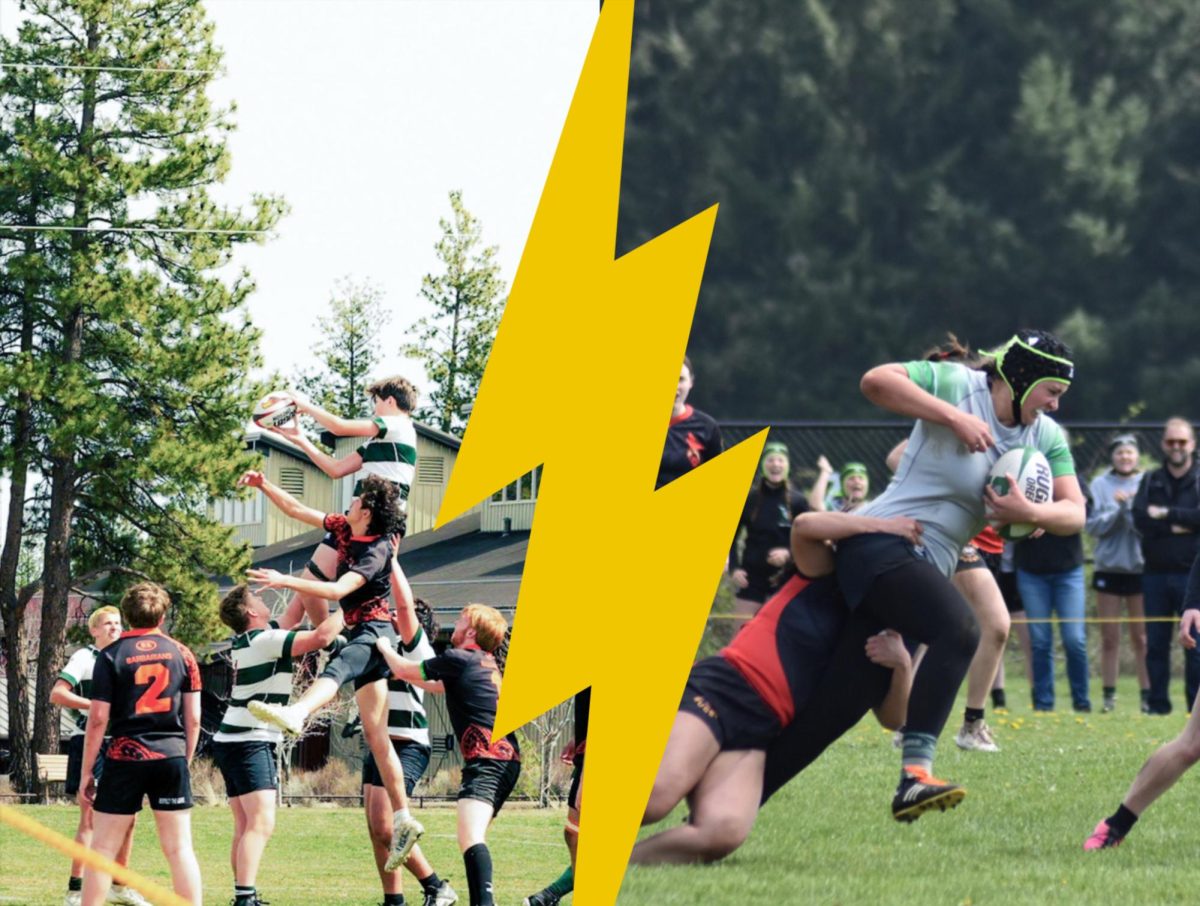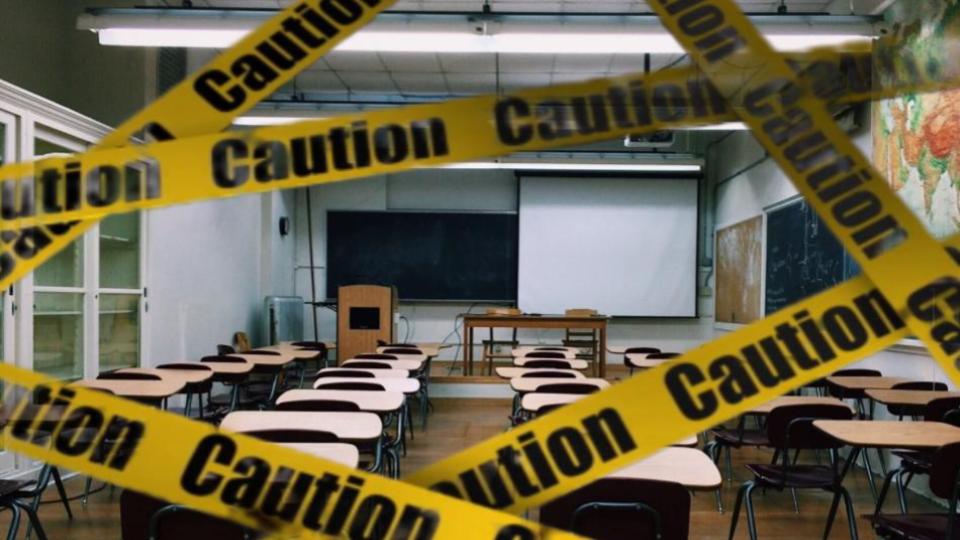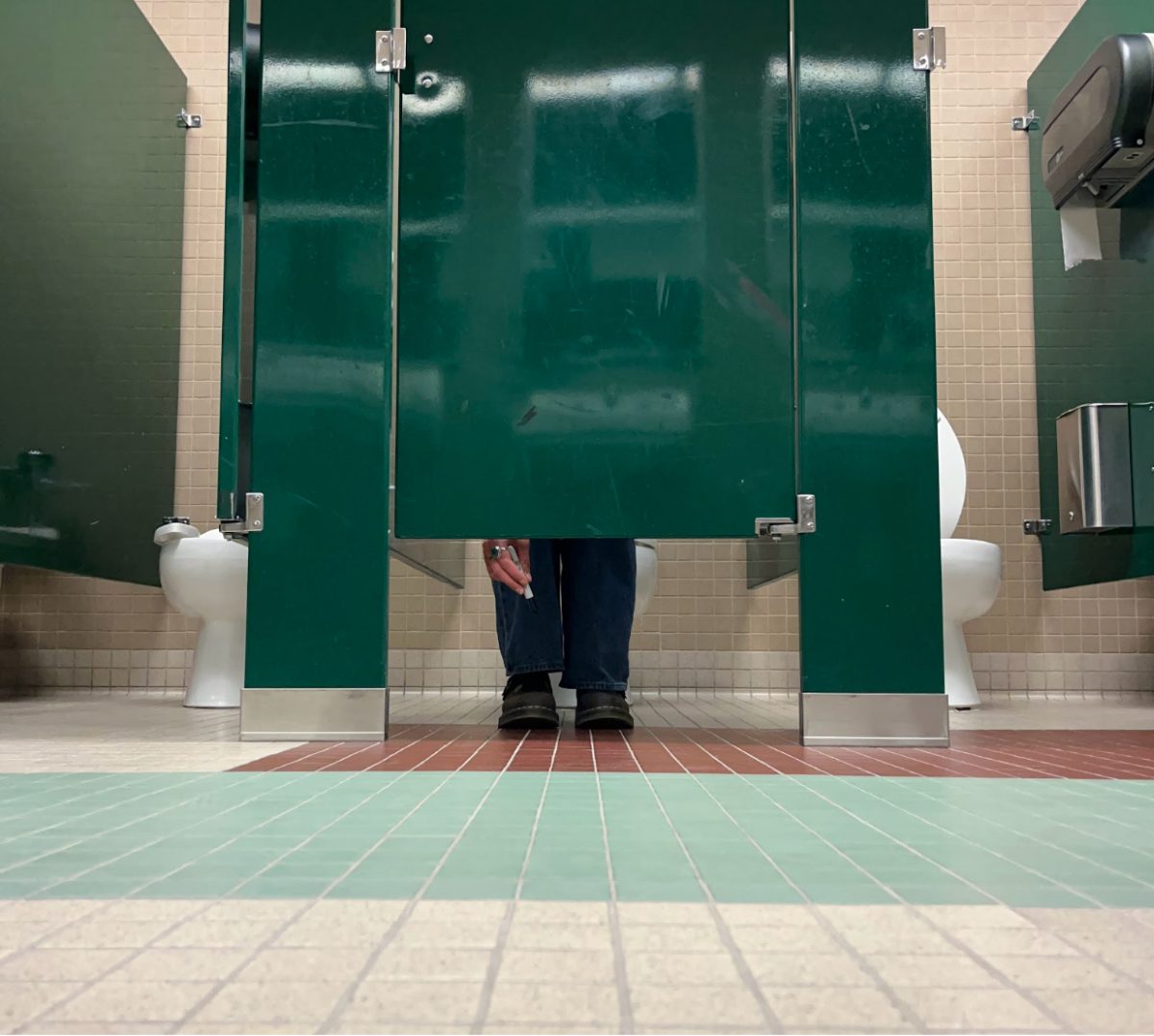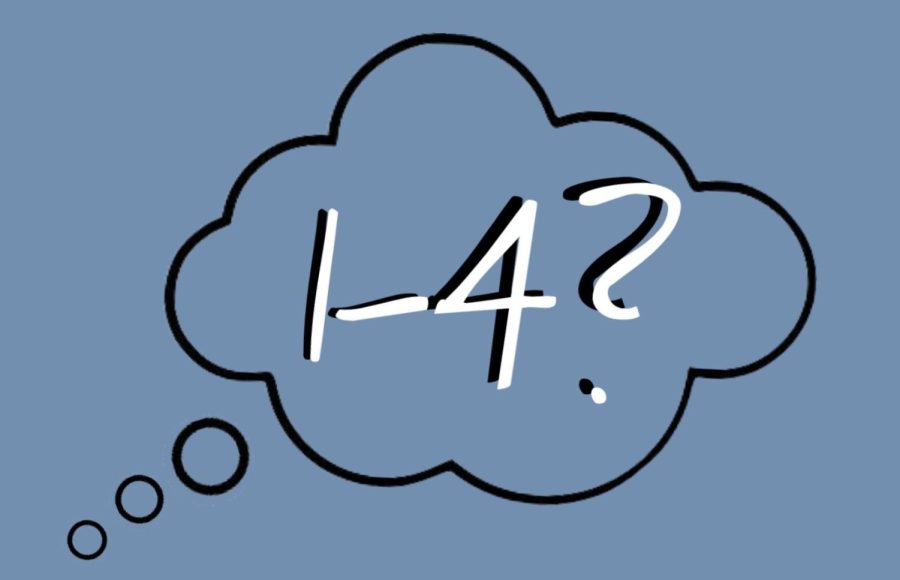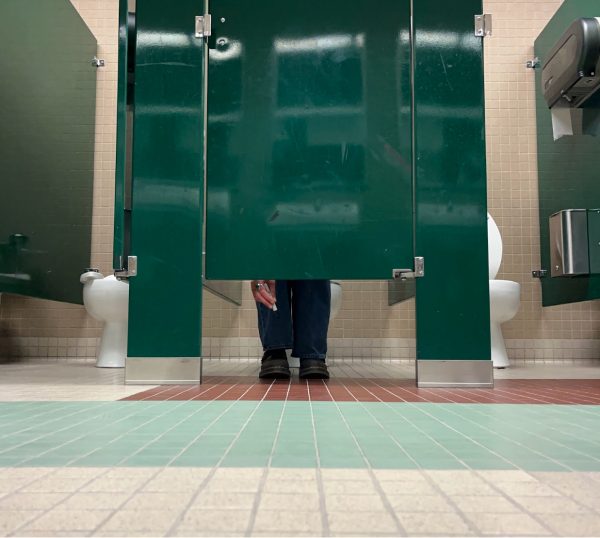Proficiency: Pros and Problems
Summit staff weigh in on new grading system.
Since the start of the 2022-2023 school year, debates and rumors about the new proficiency-based grading system have been circulating around Summit. Wonderings over how this system will affect the traditional GPA system, class rank and overall student betterment have been at the front of student’s minds. Teachers and students alike have formed opposing opinions based on the little information given to them.
Towards the end of the 2021-2022 school year, teachers were told that a new grading system would be coming into effect at Summit. This school year, teachers could use whichever grading system they liked—whether it was sticking with traditional grading, fully converting or somewhere in the middle. Yet, next year it will be mandated as a district-wide policy and all teachers in the Bend-LaPine school district must convert to proficiency-based grading.
“The way we are accounting for academic progress is going to be different,” said Summit principal Michael McDonald. The policy’s goal is to ensure that students are actually picking up what they’re being taught in the classroom.
On a proficiency-grading scale, grades are ranked on a zero to four scale (zero meaning that there is no evidence of learning, four being proficient and exceeding expectations.) To work towards “true proficiency,” students are given customized feedback by their teachers and multiple retake opportunities on class material to really help them understand the topic in its entirety. Since the method is based on actual absorption of knowledge, assessments are weighted heavily—ensuring that students have retained the information at a deeper level instead of simply rote memorization.
“I think it’s just a hard change,” said Summit Health teacher Stephanie Barker. To completely divert from what has been used for so long shifts teachers’ teaching methods immensely, especially considering the brief heads up.
Last school year, and every year before that, grades were given on a hundred-point scale, with ninety to a hundred percent being an A, eighty to ninety being a B, etc. Some teachers have chosen to remain on this scale for the 2022-2023 school year.
“Well, there’s the issue of the F,” said AP Seminar teacher Elia Overcash on why she converted to proficiency. In traditional grading, F spans from zero to fifty-nine percent on the grading scale, the rest of the letter grades only taking up twenty percent each. Proficiency-based grading provides an evened-out scale (each number representing twenty percent).
This fact also means that a four on the proficiency scale ranges from an eighty to a hundred.
The partial switch may leave students and families confused about grades. What does it mean to have an A- in one class, and a three in another? Clashing grading systems are a confusing issue for students.
Many concerns also surround the fact that teachers have received little to zero training on how to implement proficiency-based grading in the classroom.
“We need training, we need people coming in from other high schools,” said History teacher Sarah Warsaw. There seems to be a general lack of understanding, not just among students, but teachers as well.
“I don’t know enough about the topic to fully get behind it,” said Math teacher Matt Johnson. Many teachers do not have a firm enough grasp to develop fully-formed opinions surrounding this new way of evaluating students’ work.
“I’m still learning a lot about it myself,” Warsaw said. “I’m fully willing to change if that’s the best thing for students.”
But what is proficiency-based grading doing for students?
“Ideally, in the best of all possible worlds, it’ll mean that grades actually reflect what a student learned and what a student can do,” Overcash said. ”Not simply that the kid jumps through all the hoops or turns everything in on time and does it neatly.”
“I think there’s a bit of a disconnect between what works at the elementary and middle school level—and what works at the high school level,” Warsaw said. College may not be everyone’s goal, but colleges and universities aren’t using proficiency-based grading—and the whole point of high school is to prepare students for their futures.
“The timing of this is interesting, because this is happening in the context of post-pandemic, with a lot of heavy restrictions like shutting schools down, and everybody recognizes that it has impacted peoples’ learning,” said Spanish teacher David Kargol. “Is this the best time to implement a more rigorous system?”
The Summit community remains conflicted over the conversion, and most don’t even know what it is, or what it means. As we venture into this school year and the next, the impact of proficiency-based grading will become clear. But for now, many questions and fears persist.

Scout enjoys procrastinating (clearly) and pondering the secrets of the universe (see portrait). But her favorite past time is ranting to her friends about who-knows-what while indulging in an extra-large,...








